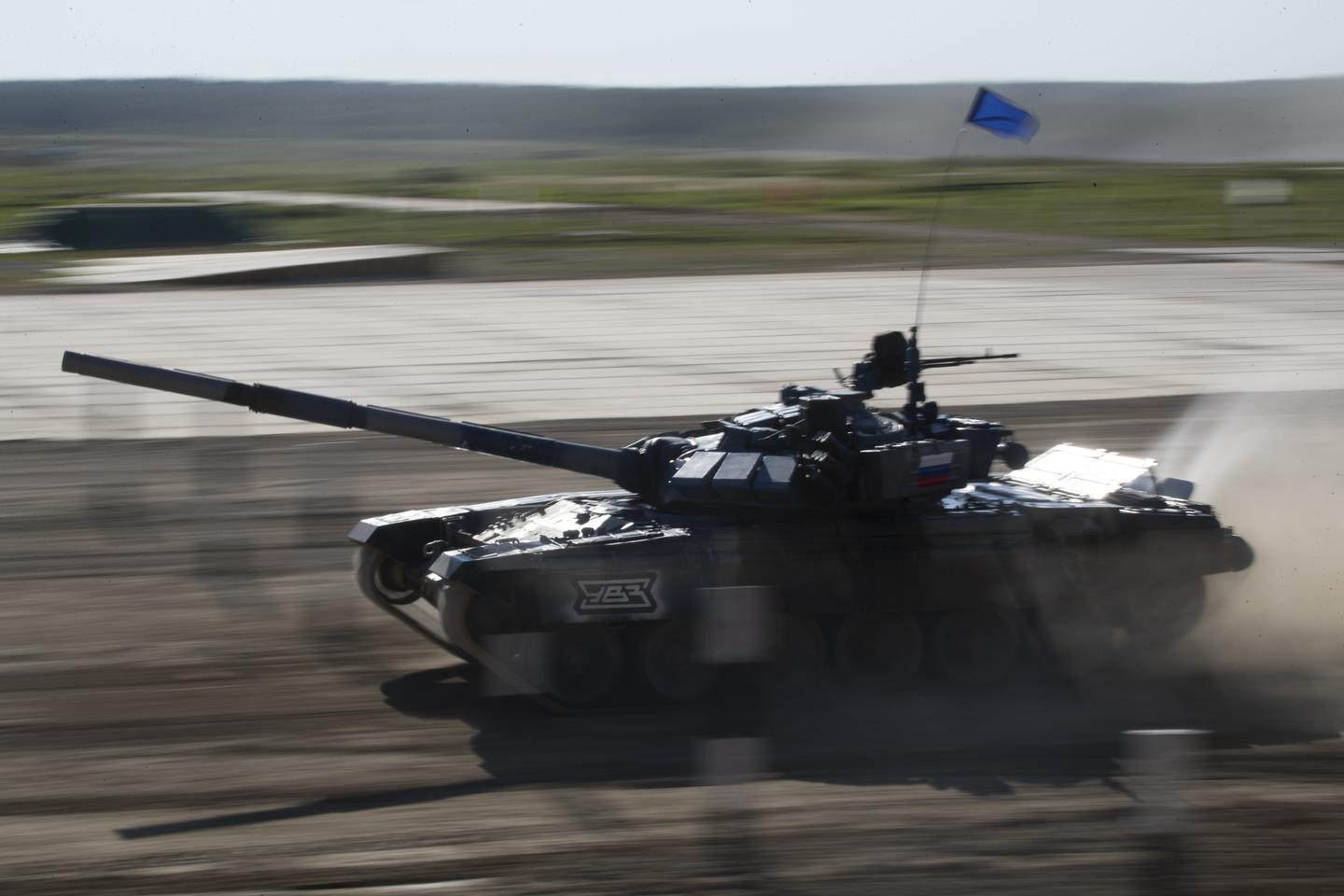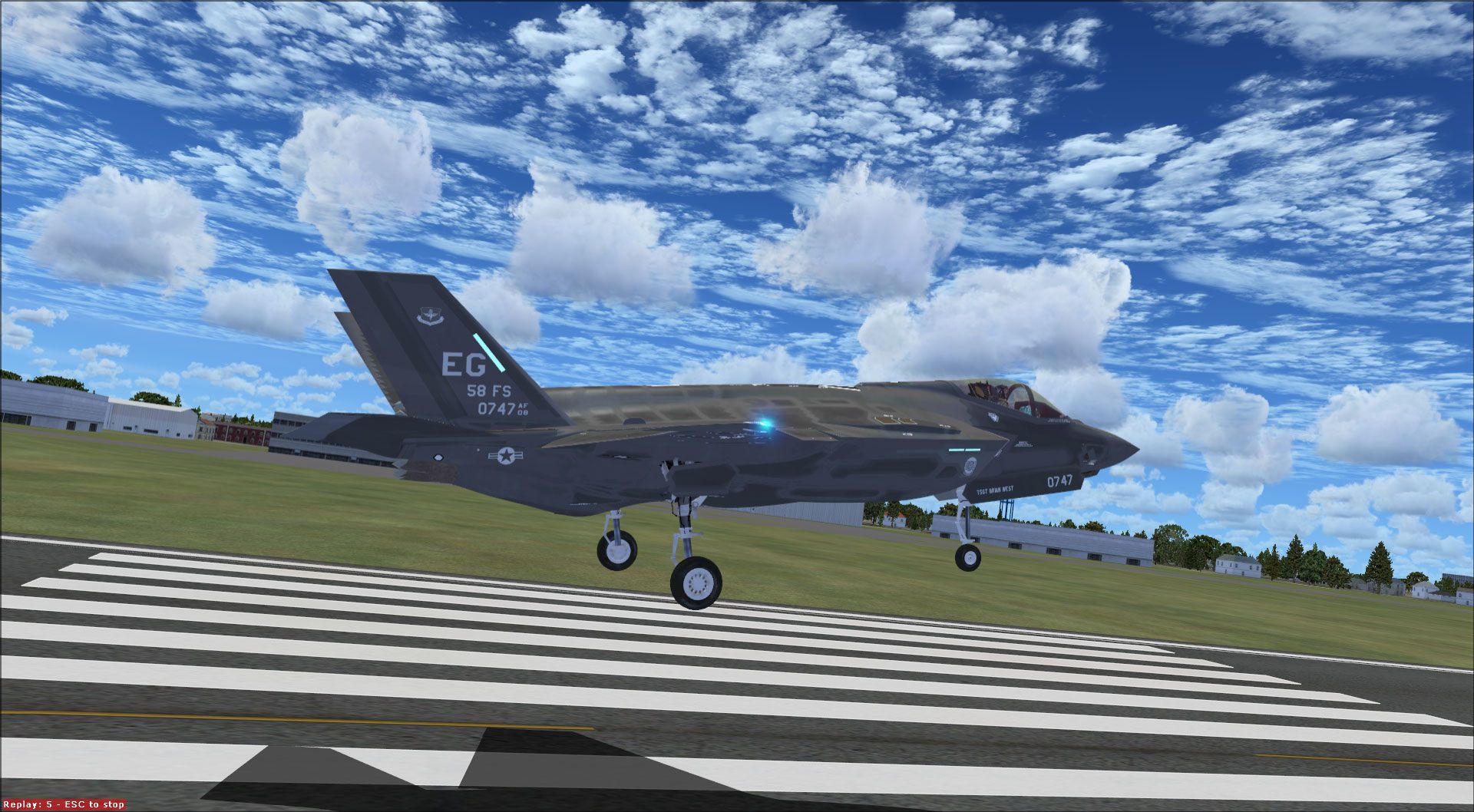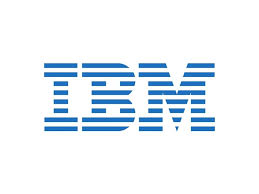Questions to Ask Yourself When Starting a Business

By Debbie Gregory.
There are no limits on who can become a great entrepreneur. If you fancy yourself an entrepreneur, odds are you already have the drive, but, you might not know where to start. Launching a business takes planning, decision making, goal setting and action. So before you jump into self-employment, here are a few key questions to ask yourself.
What is my talent and who is my customer? Whether you are offering goods or services, make sure you are offering a solution people are looking for and are willing to pay for. Write up a business plan, which will serve as a roadmap to your success. Maintain your focus and don’t try to be all things to all customers. Your target market is the ideal client looking for what you have to offer.
Do I have the discipline it takes to make it as a business owner? Are you disciplined enough to report for duty, even on the days when the sun is shining and the temptation to play hooky is strong. Being your own boss often means working longer and harder than you would if you were an employee. Success in business requires passion, a lot of hard work, staying power and drive.
Can I assemble a team that will help drive my business success? You can’t go at it alone; a team will help you build and grow your business. Even if you plan to be a sole proprietor, you’ll probably need an outside support team to keep you focused and on track. These people may include a lawyer, accountant, sales rep, web developer, etc.
How will I finance the business? Your business plan should give you an idea of how much funding you will need to cover not only your startup costs but also ongoing expenses before you are generating a profit. Evaluate your options, including business credit cards, lines of credit, vendor credit, a business loan, or a combination of these sources.











